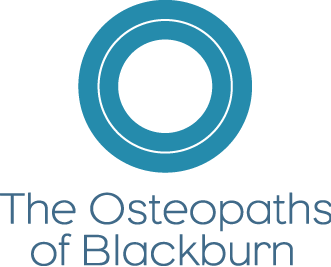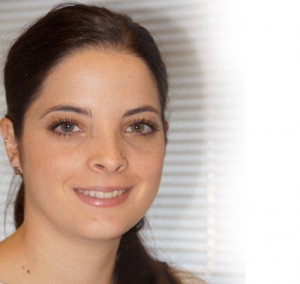Osteoarthritis vs Rheumatoid Arthritis
Osteoarthritis vs Rheumatoid Arthritis: Know the Facts
Arthritis is a common term that most of us will quickly associate with joint pain and stiffness. Some might go even further as to note common joints affected or types of treatment they have heard can help. But when it comes to the specifics of osteoarthritis (OA) and rheumatoid arthritis (RA) how much do we really know about them?
This article will explore the differences between OA and RA and how osteopathic treatment can help in both of these presentations.
Who does it affect?
RA is a chronic, systemic auto immune disease that commonly affects the wrist and hand joints. It affects approximately 1% of the population and is 2-3 times more likely to affect women than men. While it can occur at any age, it is most commonly seen in people aged 35-50 years of age.
OA on the other hand is the most common joint disorder and becomes more prevalent with age. It is characterised by loss of cartilage and typically affects the hips, knees, hands and lumbar spine. The age group most affected is those aged 40-50 years and by 80 years of age is universal. Under the age of 40 most cases are seen in men, whereas women account for majority of cases in the 40-70 year age group. After the age of 70 women and men are affected equally.
How does it occur?
Although RA involves auto immune processes, its exact cause in unknown. A genetic link has been identified and it is suspected, but not proven, to be influenced by certain environmental factors (EG viral infections, cigarette smoking) which trigger joint inflammation. When someone has RA, cells in the cartilage promote an immune response which then triggers an antibody response. The result of the action of these various processes is believed to contribute to the systemic and joint manifestations of RA.
OA on the other hand is classified as either primary (no known cause) or secondary (identified cause). Secondary OA occurs when something changes the microenvironment of the cartilage. These changes can be the result of trauma, congenital abnormalities, metabolic defects, infections or from diseases that are known to affect cartilage (EG gout). Once these changes have occurred, the body attempts to rebuild the cartilage. However, this process promotes the production of a certain enzyme that breaks down the cartilage as well as inflammatory mediators which ultimately results in no cartilage repair. Once the cartilage is destroyed, the exposed bony surfaces come into contact which will lead to bony degeneration.
Signs and symptoms
RA
- Insidious onset
- Morning stiffness >60mins
- Fatigue and malaise
- Occasional low grade fever
- Painful, swollen and stiff joints
- Bilateral and symmetric joint space loss
OA
- Gradual onset
- Pain is the earliest symptom
- Pain is aggravated by weight bearing
- Morning stiffness <30 minutes
- Tender and restricted joints
- Unilateral and asymmetrical joints
Most commonly affected joints
RA
- Wrists
- Index and middle finger
- Shoulders
- Elbows
- Hips
- Knees
- Upper neck joints
OA
- Fingers
- Base of thumb
- Intervertebral disc neck and low back
- Joints in neck and low back
- Hip
- Knee
Management and treatment
RA
RA is typically treated with disease modifying anti rheumatic drugs (DMARDs) and also corticosteroids. The corticosteroids aim to reduce inflammation while the DMARDs aim to suppress the immune response apparent in RA patients. Osteopathic treatment can aid those diagnosed with RA by decreasing muscular tightness surrounding affected joints, utilising techniques that improved joint range of motion as well as assisting with appropriate at home self management strategies.
OA
OA is typically not treated with long term medication. For short term pain relief paracetamol is often advised, but an opioid based medicine may be prescribed for those not responding to paracetamol. Muscle relaxants may also be indicated in treatment of OA. The main goal in treatment of OA is to maintain joint function and minimise pain via education, rehabilitation and supportive measures. This may involve physical therapy such as osteopathy which aims to improve and maintain joint flexibility, optimise joint function, address any biomechanical strain patterns and implement appropriate exercise and self management strategies.
So, there is a brief overview of the differences between osteoarthritis and rheumatoid arthritis. If you or anyone you know suffers from either of these conditions give us a call and let’s chat about how osteopathy can help!
Melanie Palermo

